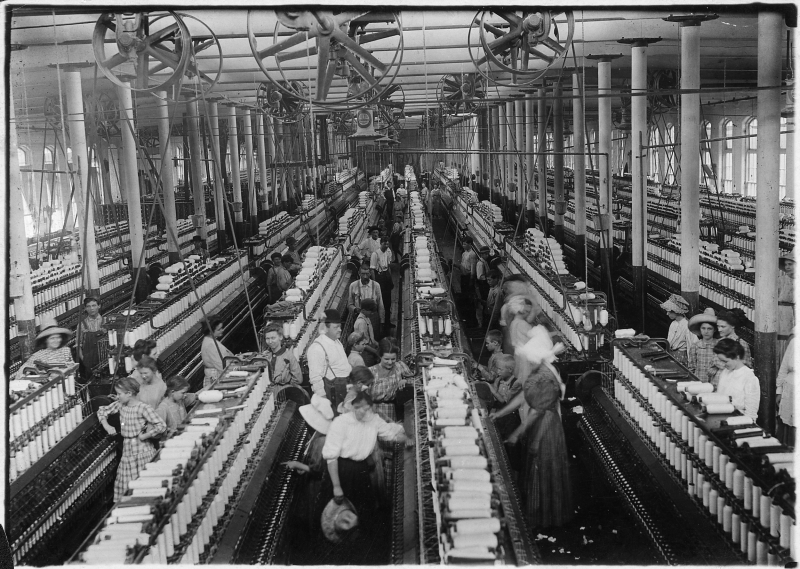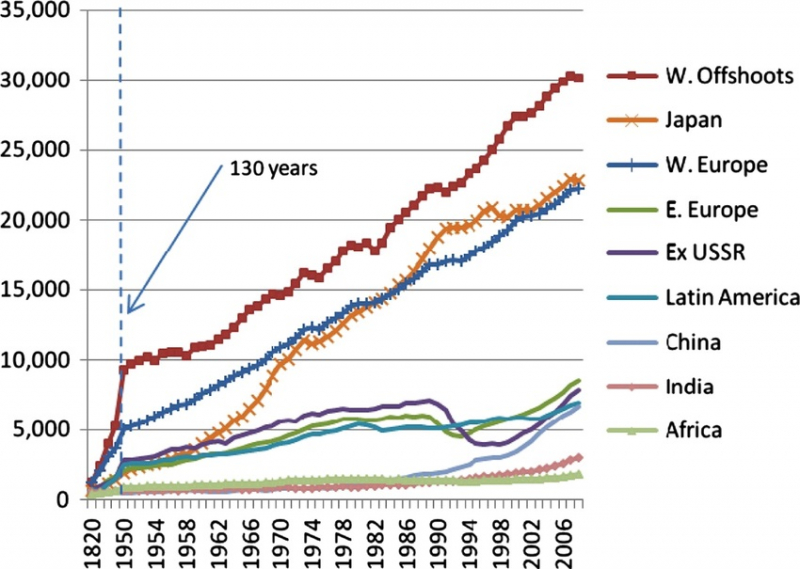Improved Economic Conditions
Another interesting fact about the Industrial Revolution is the improved economic conditions. According to certain economists, such as Robert E. Lucas, Jr., the true impact of the Industrial Revolution was that, for the first time in history, the living standards of the masses of ordinary people began to rise steadily. Classical economists make no mention of this economic conduct, even as a theoretical possibility.
Others, on the other hand, argue that, while the growth of the economy's overall productive powers was unprecedented during the Industrial Revolution, living standards for the majority of the population did not grow meaningfully until the late 19th and early 20th centuries, and that, in many ways, workers' living standards declined under early capitalism: for example, studies have shown that real wages in Britain only increased 15% between the 1780s and 1850s, and that life expectancy increased only 15% between the 1780s and 1850s. Similarly, during the Industrial Revolution, the average height of the people fell, signaling that their nutritional health was also declining. Real salaries were not keeping pace with food prices.
Children's life expectancy improved considerably throughout the Industrial Revolution. The proportion of children born in London who died before reaching the age of five fell from 74.5 percent in 1730–1749 to 31.8 percent in 1810-1829.
The consequences of the industrial revolution on living standards have been highly contested by economic and social historians from the 1950s through the 1980s. A series of writings published in the 1950s by Henry Phelps Brown and Sheila V. Hopkins later established the scholarly consensus that the majority of the population, particularly those at the bottom of the social ladder, saw catastrophic decreases in their living conditions. Wages for workers increased significantly between 1813 and 1913.










